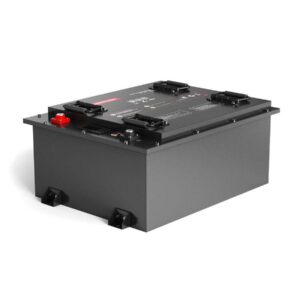
Can a 10 year old car battery still be good?
Automotive batteries exceeding 10 years of service are exceptionally rare and generally not viable for reliable operation. While standard lead-acid batteries typically last 3-5 years under normal conditions, advanced AGM or lithium-ion variants in low-usage vehicles with ideal maintenance might theoretically approach a decade. However, sulfation buildup and active material degradation inevitably reduce capacity below 40% of original specifications after 8+ years, making cold cranking performance unreliable. Pro Tip: Use a multimeter to check resting voltage—values below 12.4V indicate insufficient charge retention. For context, a 2014 Honda Civic’s original battery surviving until 2024 would require extraordinary conditions: monthly deep-cycle reconditioning, zero extreme temperatures, and minimal electrical accessory use.
How to Safely Dispose of and Recycle Car Batteries
What factors determine maximum battery longevity?
Key determinants include chemistry type, usage patterns, and environmental exposure. Flooded lead-acid batteries degrade 8-12% annually due to water loss, while AGM types lose 3-5% through recombination efficiency. Electric vehicles with lithium batteries often implement active thermal management to mitigate calendar aging.

Practically speaking, a garage-kept vehicle in moderate climates (15-25°C) with weekly 30-minute drives demonstrates why some batteries outlast others. The alternator fully recharges the battery during these drives, preventing damaging partial-state-of-charge cycles. Conversely, urban commuters making 5-minute trips accelerate plate sulfation—a leading cause of premature failure. One real-world example: Taxi batteries typically last 18-24 months despite identical specifications to personal vehicles, highlighting the impact of deep-cycling frequency. Pro Tip: Install a battery maintainer if driving less than 15km weekly.
How does battery chemistry affect decade-long survival?
Lithium iron phosphate (LiFePO4) batteries theoretically could achieve 10+ year lifespans with 2,000-5,000 cycles, compared to lead-acid’s 200-500 cycles. However, automotive applications still predominantly use lead-acid due to cost and safety factors.
Transitioning to advanced chemistries, lithium batteries maintain 80% capacity after 8 years in hybrid vehicles through precise state-of-charge management (typically kept at 40-60% SOC). But what about conventional cars? A 2015 Tesla Model S battery pack might retain 70% capacity today through active liquid cooling and cell balancing—technologies absent in standard 12V automotive batteries. For comparison:
| Chemistry | Annual Capacity Loss | 10-Year Projection |
|---|---|---|
| Flooded Lead-Acid | 8-12% | 0-20% Remaining |
| AGM | 5-8% | 20-50% Remaining |
| LiFePO4 | 2-3% | 70-80% Remaining |
Battery Expert Insight
FAQs
Do vintage car batteries last longer?
Pre-1970s batteries required monthly water refills but had thicker plates. Some properly maintained units survived 8-10 years, though cranking power was inferior to modern designs.
